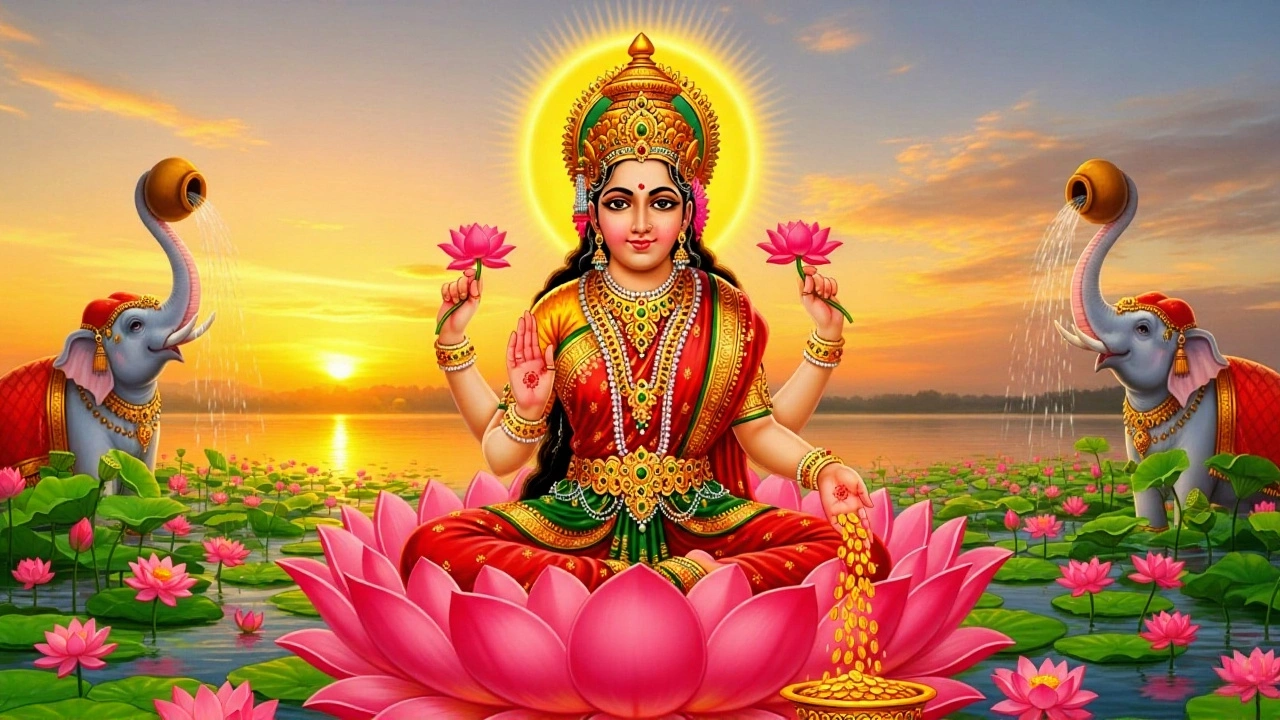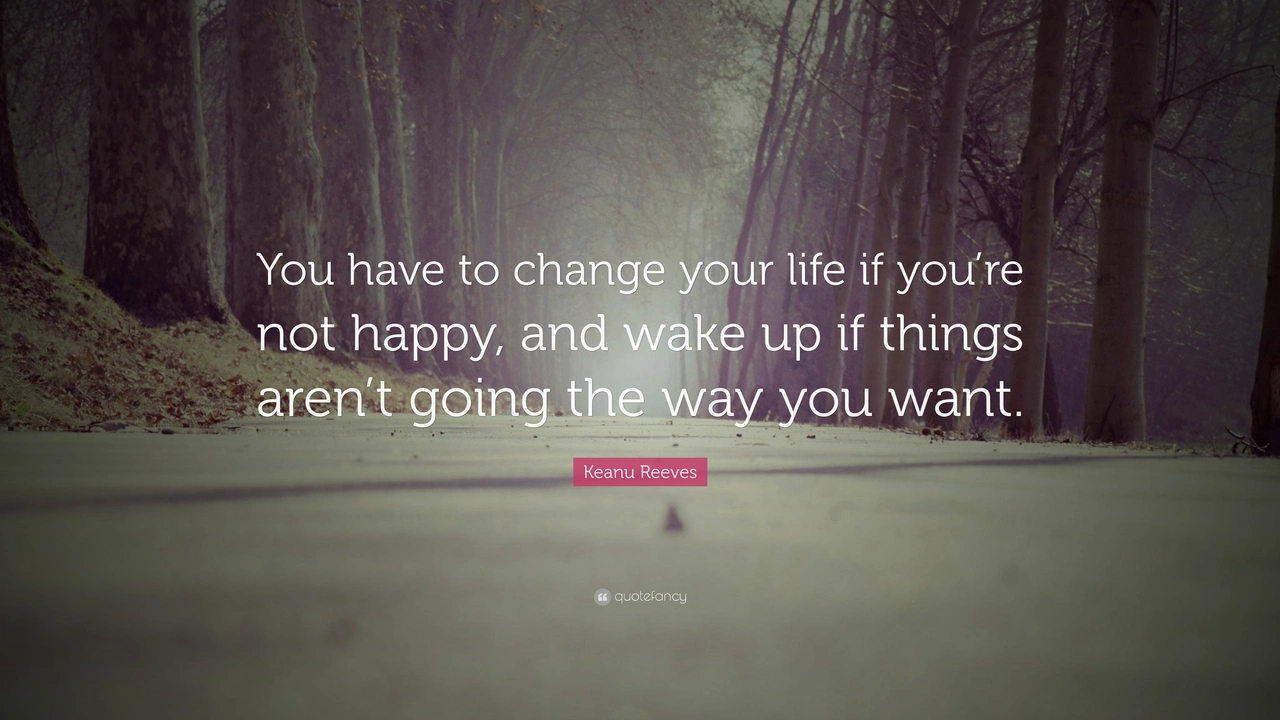Culture and Society – What Shapes Our Daily Lives
When you talk about any country, the first things that pop up are its culture, the people, and the everyday struggles they face. In India, those topics get mixed together in a way that can feel overwhelming. If you’ve ever wondered why some folks call life there depressing, the answer isn’t a single story – it’s a bundle of things that add up.
One big piece is the sheer number of people living side by side. Over a billion people share the same roads, schools, and jobs. That crowding means competition for housing, education, and work is fierce. When a job is scarce, families feel the pressure to stretch thin, and stress builds fast.
Key Social Pressures
Poverty and economic gaps play a huge role, too. While a growing middle class enjoys new tech and travel, a large part of the population still struggles for basic needs. This gap isn’t just about money; it shapes how people see their future. When a child watches neighbors with better lives, it can spark feelings of hopelessness.
Corruption and bureaucracy add another layer. A long line at a government office, a form that never gets approved, or a bribe to speed up a process can turn a simple task into a day‑long ordeal. Over time, these hurdles wear down patience and optimism.
Social structures like the caste system and gender expectations still influence daily interactions. Even though laws forbid discrimination, many still feel the weight of old habits. A woman from a lower‑caste background may face extra hurdles at work or school, and that can lead to a sense of being stuck.
Finding Balance and Hope
But it’s not all gloom. India’s culture is packed with community rituals, festivals, and family ties that bring joy and support. When the monsoon rains, neighborhoods gather to share meals; during festivals, streets light up with music and laughter. Those moments create a safety net that many lean on during tough times.
Young people are also changing the narrative. With smartphones and online courses, they’re accessing new ideas and jobs beyond their hometowns. That exposure helps them see alternatives to the traditional paths that felt limiting before.
If you’re trying to understand the “depressing” label, think of it as a mix of stressors and strengths. The stressors – crowding, poverty, bureaucracy, and lingering social hierarchies – can push people down. The strengths – tight‑knit families, vibrant traditions, and a wave of digital opportunity – lift many back up.
So, when you ask why life in India can feel heavy, the answer lies in both the challenges that weigh down and the cultural gems that keep people going. Recognizing both sides gives a clearer picture of a country that’s constantly balancing its past and its future.

Demure Named Dictionary.com’s 2024 Word of the Year Amid Viral TikTok Shift
Dictionary.com named 'demure' its 2024 Word of the Year after a viral TikTok video by Jools Lebron transformed the word from 'modest' to a symbol of refined sophistication, sparking a 1,200% surge in usage and reshaping modern language.
read more
Sagittarius Outlook: Career Gains & Family Harmony on Oct 12, 2025
Sagittarius natives see career boosts, family harmony, and love benefits on Oct 12, 2025, as Bhaskar Yog and Sarvaarth Siddh Yog energize their day, according to Vedic Astrology Center.
read more
Why is life in India so depressing?
While it's not fair to generalize, some people may find life in India challenging due to several factors. These include the high population density, poverty, and stark economic disparity that exist in the country. Corruption and bureaucracy can also make everyday life frustrating for some. Social issues like caste discrimination and gender inequality also contribute to the sense of despair. However, it's crucial to remember that experiences vary widely, and many find joy and fulfillment in India's rich culture and sense of community.
read more